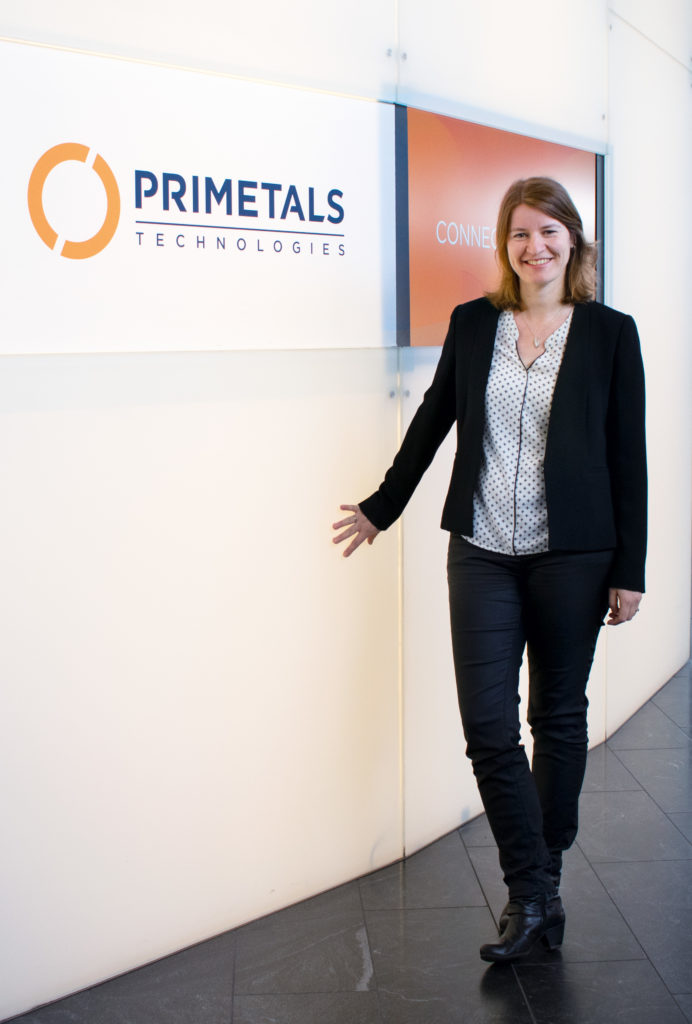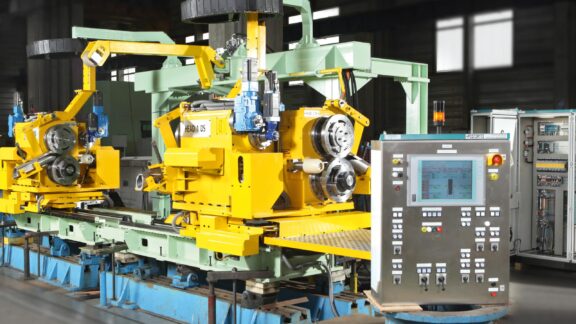This post is also available in: 简体中文 (Chinese (Simplified))
Knowledge management is a critical factor in any enterprise: A lot of hard work goes into developing new solutions, establishing processes, and ensuring sustainable business operations—added to which are all the efforts that go into managing customer relationships. All of these activities generate knowledge—but how can this knowledge be shared and preserved?
Companies, particularly those driven by research and development, are usually aware that the expertise of their staff is one of their most precious resources. They know that innovations are not only based on inspiration but also on the experience and knowledge of their employees. And while inspiration can’t be captured, experience and knowledge can. Or can they really? Clearly, it is not easy to locate, standardize, structure, digitize, and distribute knowledge—at least until such time as scanning peoples’ brains has become an option. For now, effective communication is crucial; as is the willingness of staff to discuss and share what they know and what they’ve learned.
So what do you know?
“The single greatest challenge in knowledge management is finding out what the company already knows,” says Erika Hofstätter, who implements techniques designed to accumulate, sort, and distribute operations-relevant data at Primetals Technologies. “People have to know where they can check for information, and this information has to be easily accessible and up-to-date. Otherwise you’ll run the risk of everyone starting from scratch all the time, because they find it too frustrating to search for what their colleagues discovered.”
In English, there is a distinction between “digitization” and “digitalization” that is not reflected in some other languages. What makes things even trickier is that certain attempts to define the two terms have failed to produce clarity; rather, they have promoted ambiguity. However, with the Fourth Industrial Revolution gathering pace, the Metals Magazine team believes it is important to differentiate between these terms; this is how we have decided to use them. Digitization needs to be discussed first, as it technically and logically precedes digitalization. According to Gartner, “digitization is the process of changing from analog to digital form.” One example would be scanning a book with character recognition—essentially transforming analog information into digital data. Digitalization, however, involves making entire procedures take place in the digital realm. You therefore could not “digitize” a factory with everything that goes on in it; you can only “digitalize” it. And if, for instance, a steel producer were to introduce robots to handle tasks that were previously executed by highly skilled operators, this would be a question of digitalization.

Insight engines
Because much of the company’s information is only available in scattered and unstructured form, Hofstätter uses “insight engines” to process, group, and structure the data. Once this is done, she makes the accumulated knowledge available to those who can profit from it. The information can be searched using dashboards and 360-degree views, but also with keywords. So are the algorithms used in insight engines similar to those of Google? “Not quite,” says Hofstätter, “they are far more capable than what we’re familiar with from today’s internet search engines. They can be customized to use our own terminology. They also let us search sources such as our ‘lessons learned’ database for clues for how to optimize project management under specific circumstances. This ensures continual progress.”
But avoiding past mistakes and typical pitfalls is not the only reason to use Hofstätter’s insight engines. Well-implemented knowledge management can help companies to better deal with retiring staff or unexpected departures. It also eases the process of arriving at far-reaching strategic decisions—for three reasons: First, decision makers have more current and reliable information at their disposal when considering their options. “They have a more complete picture of the situation and are better informed,” says Hofstätter. Second, with all the required information already available, management can concentrate on the decision-making process itself, rather than having to gather all the data they need and wasting a lot of time in the process. Third, the time required to finalize quality decisions is significantly shorter, which increases the company’s overall efficiency.

Managing metallurgical expertise
However, at Primetals Technologies, knowledge management is not only relevant in the context of Hofstätter’s efforts. Steel production, the center of Primetals Technologies’ activities, is extremely complex, and enormous skill and experience are required to know how to engineer and operate a steel plant. Günther Winter is intimately familiar with the challenges and opportunities associated with knowledge management in steel production. Asked whether he works with “unstructured data”—a term that is undeniably trendy in 2019—, Winter smiles. “The world we live in is essentially chaotic at its core,” he says. “Reality is inherently unstructured, and this is a truth that certainly extends to the world of metals.” Winter explains that, in steel production, no two facilities are ever the same, and as a result, the production data they generate is usually not comparable. “Every producer records different things in different ways, and even if this information is collected in a consistent manner, we often have to bring order to the ‘chaos’ and provide solutions that can put it to use. We are continually extending the capabilities of our technologies in terms of handling unstructured data.”
One of Winter’s goals for the next few years is to develop a digital assistant with his team; an assistant that makes the everyday lives of plant operators simpler, by providing expert advice that even non-experts can understand and follow. There are many contexts in which such an assistant could prove useful. “Let me give you one example,” Winter says. “If you work in maintenance, you are confronted with a large number of error messages and alarms every day, but they are not sorted by relevance. So which ones refer to issues that could actually develop into something dangerous? And what needs to be done to remedy the situation?” Questions like these, Winter says, could be answered by a digital assistant. But first, vast amounts of data have to be examined: the alarms themselves, the underlying data, and the actions that were taken to get the plant back into its proper state. Much of this data is available only in unstructured form. “If you’ve ever compared maintenance reports, even from the same plant, you’ll know just how unstructured data can get,” Winter says. “And yet, there is so much experience—so much expert knowledge—in these reports, just waiting to be put to use.”
Pieces of a puzzle
What Hofstätter and Winter have in common is their passion for knowledge, and for making this knowledge available in new and innovative forms to those who need it. Knowledge management is often interdisciplinary and involves techniques or technologies that were previously used in other contexts. “Different ways of thinking are like pieces of a puzzle: you will only see the big picture if you bring them all together. Then they have their largest impact,” says Hofstätter.
Through-Process Optimization (TPO) was developed to comprehensively digitalize the knowledge of plant operators—and to augment it with the expertise of Primetals Technologies’ own specialists. TPO effectively serves as a holistic knowledge-management solution, taking the expertise of a steel plant’s current operators and transforming it into a “rule-based system” that safeguards production. Many steel producers are facing the challenge of experienced operators nearing their pension age—and of the knowledge drain caused by their departure. TPO takes care of this problem by combining plant data with various kinds of application knowledge, for instance, with operational, metallurgical, quality-assurance, and production-process related know-how. In doing so, TPO increases plant efficiency and optimizes end-product quality.



